Irish whiskey, with its smooth and distinctive flavor, has long been a symbol of Ireland’s rich cultural heritage. Beyond its role as a beloved beverage, Irish whiskey holds a significant place in Celtic folklore, where it is often intertwined with ancient legends, mythical figures, and traditional rituals. The deep connection between whiskey and folklore reflects the importance of storytelling in Celtic culture, where tales of heroism, magic, and the supernatural have been passed down through generations.
Celtic folklore is a tapestry of enchanting narratives that capture the essence of Ireland’s past. These stories often feature whiskey as a magical elixir, a source of courage, or a symbol of celebration. From the legendary origins of whiskey distillation to its role in ancient festivals and supernatural encounters, Irish whiskey is more than just a drink; it is a vessel of history and myth.
In this article, we will explore the fascinating role of Irish whiskey in Celtic folklore, delving into its mythical origins, its significance in traditional celebrations, and the legendary tales that have kept its spirit alive through the ages. Join us on a journey through the enchanting world of Irish whiskey and the captivating stories that make it a true icon of Ireland.
Origins of Irish Whiskey in Celtic Mythology
Irish whiskey’s origins are steeped in a blend of historical fact and mythological lore. According to ancient legends, the art of distillation was brought to Ireland by missionary monks who sought to create a potable form of “uisce beatha,” the Gaelic term for “water of life.” This phrase eventually evolved into the modern word “whiskey.” These monks are credited with perfecting the distillation process using the abundant natural resources of the Irish landscape, including pure water and fertile barley.
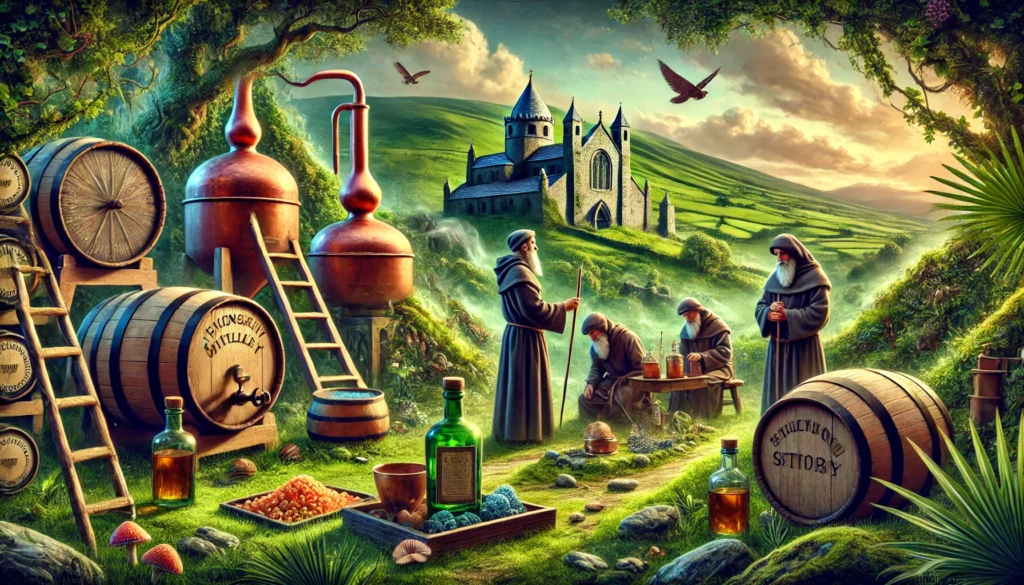
One prominent mythological figure associated with Irish whiskey is Saint Patrick, the patron saint of Ireland. Some legends suggest that Saint Patrick himself was instrumental in the early development of whiskey. He is often depicted not only as a spiritual leader but also as a figure who brought the secrets of distillation to the Irish people. This fusion of religious and cultural elements underscores the importance of whiskey in both the spiritual and social lives of the Celts.
Another captivating legend speaks of the mythical hero Fionn mac Cumhaill, a warrior of great renown in Irish mythology. It is said that Fionn and his band of warriors, the Fianna, discovered the secrets of whiskey while traversing the rugged landscapes of Ireland. Whiskey was believed to be a source of strength and courage for these heroes, allowing them to perform extraordinary feats and face formidable foes.
The origins of Irish whiskey are also tied to the story of the Tuatha Dé Danann, a race of supernatural beings who are said to have inhabited Ireland before the arrival of the Celts. According to folklore, these mystical beings were skilled in the arts of magic and alchemy, and they passed their knowledge of distillation to the early inhabitants of Ireland. This connection to the Tuatha Dé Danann imbues Irish whiskey with an air of enchantment and mystery, linking it to the island’s ancient past.
In these myths, whiskey is often portrayed as more than just a drink; it is a magical elixir with the power to heal, to bestow courage, and to forge connections between the earthly and the divine. The stories of its origins are a testament to the profound respect and reverence that the Irish have for this iconic spirit.
Irish Whiskey in Traditional Celtic Celebrations
Irish whiskey has played a significant role in traditional Celtic celebrations, where it has been more than just a beverage – it has been a symbol of festivity, unity, and cultural identity. These celebrations often revolved around significant events in the Celtic calendar, such as Samhain, Imbolc, Beltane, and Lughnasadh. Each of these festivals marked a turning point in the agricultural cycle and was celebrated with rituals, feasting, and of course, the sharing of whiskey.
During Samhain, the festival marking the end of the harvest season and the beginning of winter, whiskey was a central part of the celebrations. It was believed that the veil between the living and the dead was thinnest at this time, and offerings of whiskey were made to honor the ancestors and appease wandering spirits. Large bonfires were lit, and whiskey was often poured into the flames as a tribute, symbolizing a connection with the otherworld.
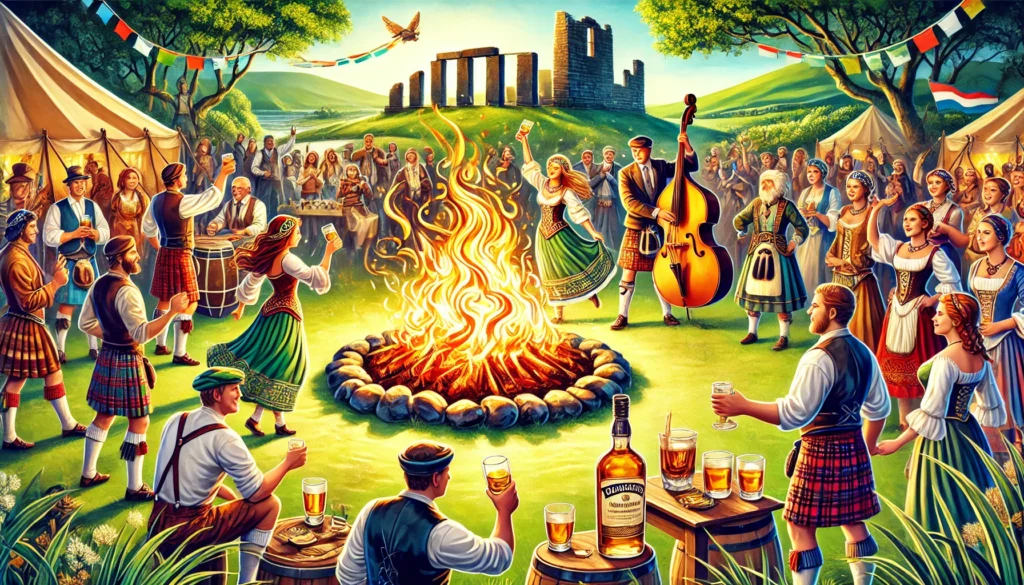
Imbolc, celebrated in early February, marked the beginning of spring and was dedicated to Brigid, the goddess of fertility and healing. During Imbolc, whiskey was used in various rituals to invoke blessings for the coming season. It was customary to offer whiskey to the earth and to use it in toasts for prosperity and health. These practices underscored the belief in whiskey’s power to purify and bless.
Beltane, the festival of fire held on May 1st, celebrated the peak of spring and the coming of summer. It was a time of great merriment, with dancing, singing, and communal feasting. Whiskey flowed freely during these celebrations, serving as a symbol of life’s vitality and the joy of community. People would jump over fires to ensure protection and fertility, often with a whiskey toast beforehand to bolster their courage and spirit.
Lughnasadh, celebrated on August 1st, marked the beginning of the harvest season and was named after the god Lugh. This festival featured athletic competitions, feasting, and the sharing of whiskey. Whiskey was believed to bring strength and endurance, essential qualities for the harvest labor. It was also a time for storytelling, where tales of heroism and myth were recounted over glasses of whiskey, cementing its role as a catalyst for cultural transmission.
Throughout these celebrations, whiskey was not just consumed for enjoyment but was deeply woven into the rituals and traditions that defined Celtic life. It symbolized abundance, connection to the divine, and the cyclical nature of life. Even today, these ancient customs influence modern Irish celebrations, where whiskey remains a cherished part of the cultural heritage.
Legendary Tales and Whiskey
Irish whiskey is often featured in the legendary tales of Celtic folklore, serving as a magical element that enhances the drama and mystique of these stories. These myths and legends, passed down through generations, highlight whiskey as a symbol of bravery, magic, and supernatural encounters.
One of the most famous Celtic legends involving whiskey is the tale of Fionn mac Cumhaill and the Fianna. Fionn, a legendary hero, and his band of warriors were known for their extraordinary feats and adventures. In many stories, whiskey is depicted as a source of courage and strength for Fionn and his warriors, enabling them to face daunting challenges and formidable foes. It is said that before going into battle, the Fianna would partake in whiskey to boost their spirits and ensure their victory.
In another well-known tale, the supernatural being known as the Banshee is said to wail outside the homes of those who are about to die. Whiskey plays a role in these stories as a means to appease the Banshee. Offerings of whiskey were left out to calm the spirit and seek protection for the household. This practice highlights the belief in whiskey’s power to influence the supernatural and its importance in rituals aimed at ensuring safety and warding off evil.
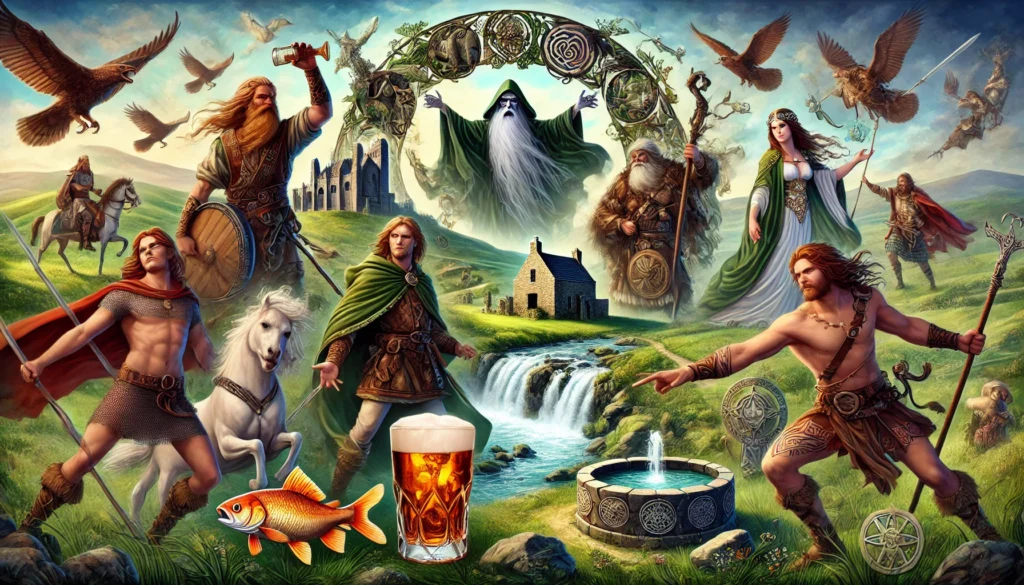
The tale of the Clurichaun, a mischievous fairy often associated with the Leprechaun, also features whiskey prominently. Clurichauns are known for their love of whiskey and are believed to guard the cellars of those who treat them well, ensuring that the whiskey supply never runs dry. However, if mistreated, they would wreak havoc, spoiling the whiskey and causing trouble. This legend underscores the cultural reverence for whiskey and the belief in its connection to both good fortune and mischief.
Another captivating legend is that of the magical well of Segais, where the Salmon of Knowledge resided. According to the tale, whoever consumed the salmon would gain all the world’s knowledge. It is said that the well’s water, which was sometimes mixed with whiskey, held mystical properties. This mixture was believed to bestow wisdom and insight upon those who drank it, merging the natural and supernatural worlds.
These legendary tales not only illustrate the cultural significance of whiskey in Celtic folklore but also highlight its role as a powerful symbol in the narrative tradition. Whiskey is depicted as a conduit between the human and the supernatural, a source of strength and wisdom, and a key element in the rituals and practices that define Celtic heritage.
Modern Legacy of Irish Whiskey in Folklore
In contemporary times, the legacy of Irish whiskey continues to be deeply intertwined with folklore, preserving the mystical and cultural heritage of Ireland. The modern era has seen a resurgence in the appreciation of these ancient stories, with whiskey brands and cultural events often drawing inspiration from Celtic legends.
Many Irish whiskey brands pay homage to folklore through their branding and marketing. Labels and packaging frequently feature mythological symbols, ancient Celtic designs, and references to legendary figures. This not only serves to connect the product with its rich heritage but also appeals to consumers who are fascinated by the mystical and historical aspects of Irish culture. For example, brands like “Redbreast” and “Tullamore Dew” incorporate elements of Irish folklore in their storytelling, creating a sense of tradition and authenticity.
Cultural events and festivals celebrating Irish whiskey often incorporate folklore into their themes and activities. Events such as whiskey tastings, distillery tours, and festivals like “Whiskey Live Dublin” highlight the historical and mythical significance of whiskey. These events often include storytelling sessions where participants can immerse themselves in the ancient tales of heroes, supernatural beings, and the magical properties of whiskey. This revival of folklore in modern celebrations helps to keep these stories alive and relevant.

Moreover, the preservation of whiskey-related myths in contemporary culture is evident in literature, music, and film. Writers and artists continue to draw inspiration from the rich tapestry of Celtic folklore, incorporating whiskey into their works as a symbol of Irish identity and heritage. Popular novels, songs, and movies often depict scenes of whiskey drinking in connection with traditional stories, further embedding these myths into the cultural consciousness.
Irish whiskey also plays a significant role in the global appreciation of Irish culture. Whiskey connoisseurs and enthusiasts from around the world are drawn to the allure of its storied past, contributing to the growing popularity of Irish whiskey on the international stage. This global recognition not only boosts the whiskey industry but also promotes a greater understanding and appreciation of Ireland’s cultural heritage.
The modern legacy of Irish whiskey in folklore is a testament to the enduring power of these ancient stories. As new generations discover the magic of Celtic myths and the unique qualities of Irish whiskey, the connection between the two continues to thrive. Whiskey remains a symbol of celebration, bravery, and enchantment, embodying the spirit of Ireland and its rich cultural history.
Conclusion
Irish whiskey, with its deep roots in Celtic folklore, remains a powerful symbol of Ireland’s rich cultural heritage. From its mythological origins and significant role in traditional celebrations to its presence in legendary tales and modern cultural events, whiskey is more than just a drink; it is a vessel of history, tradition, and myth. The enduring legacy of Irish whiskey in folklore highlights the profound respect and reverence the Irish have for this iconic spirit. As we continue to celebrate and share these ancient stories, we ensure that the magic of Irish whiskey and its cultural significance will be preserved for generations to come.

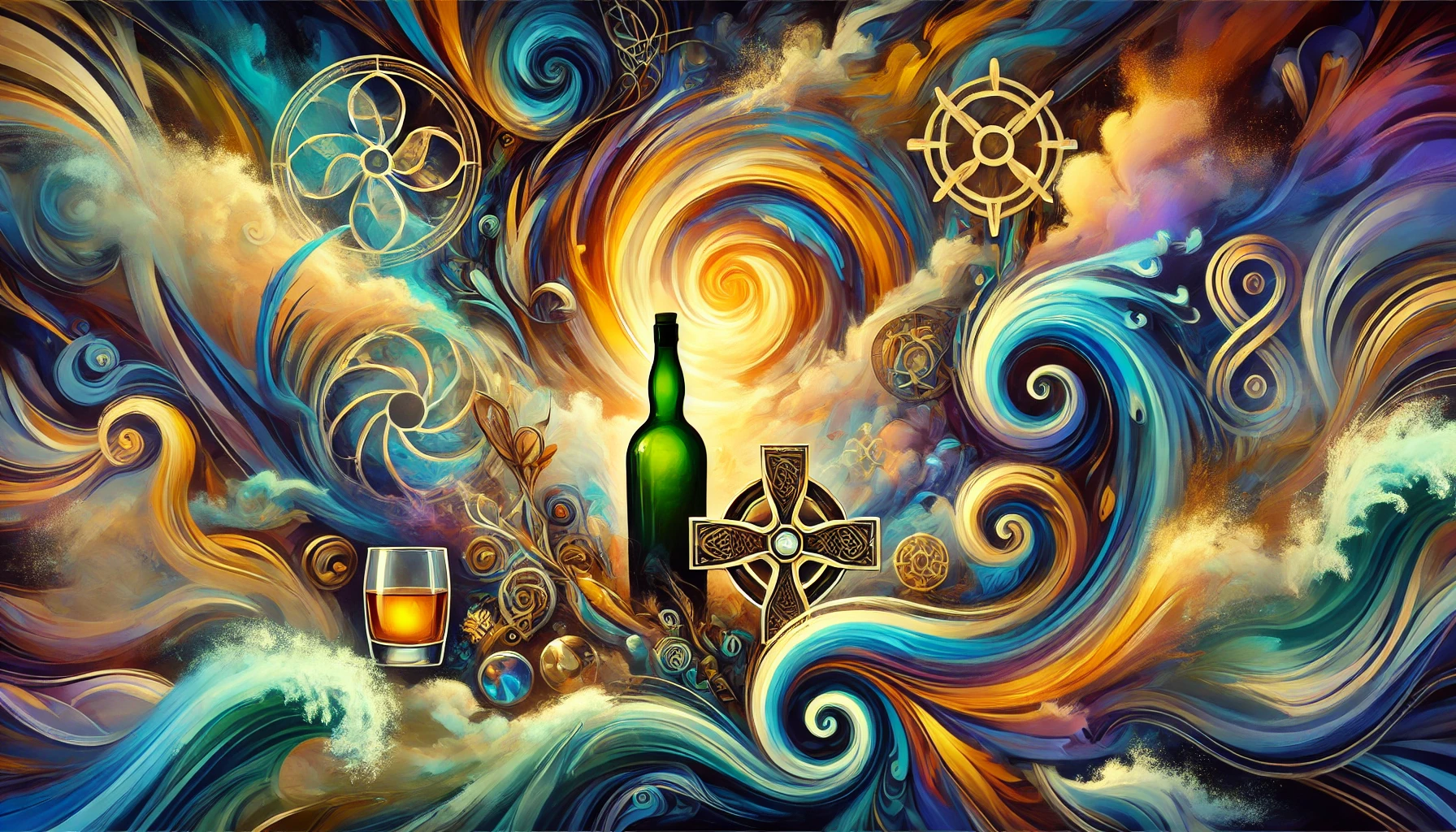
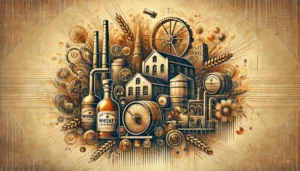
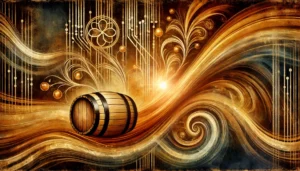




Be First to Comment